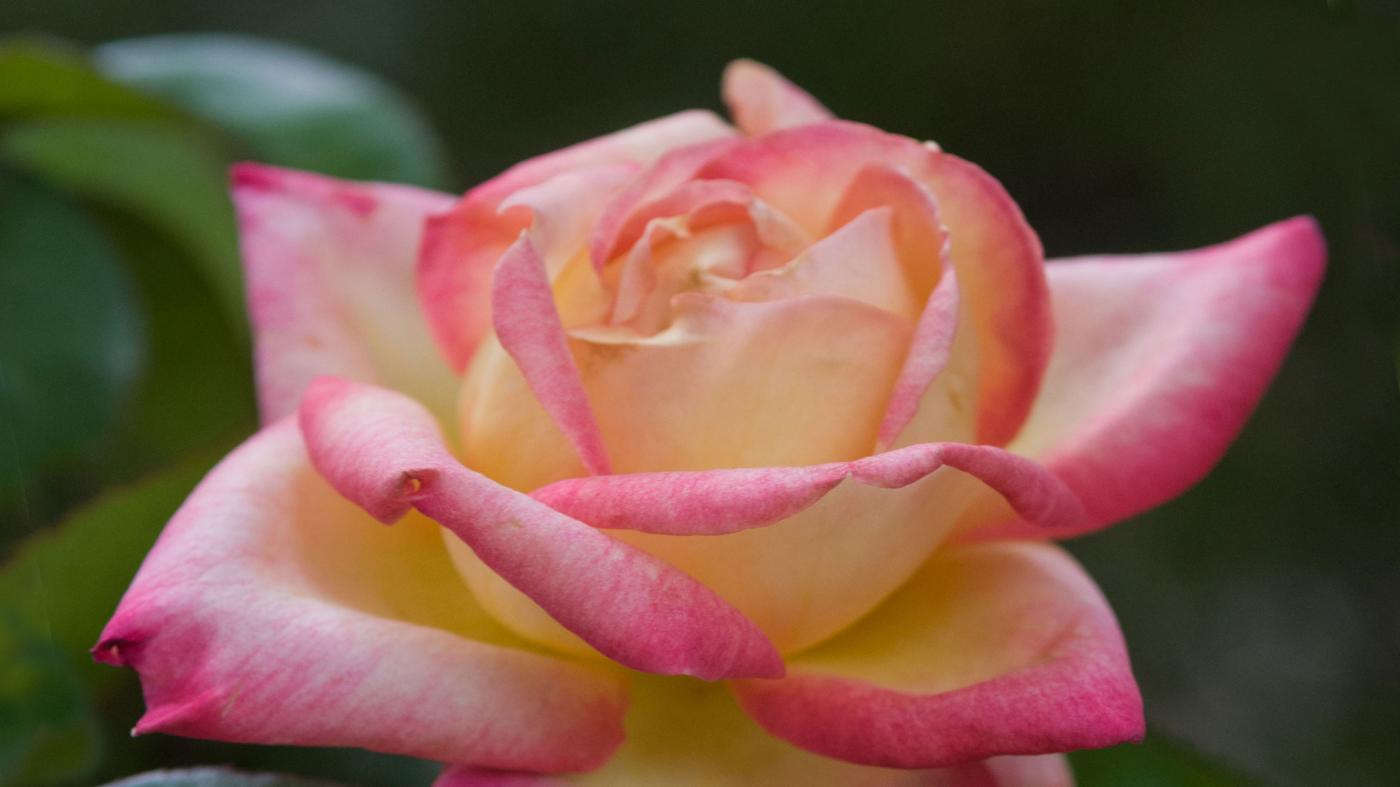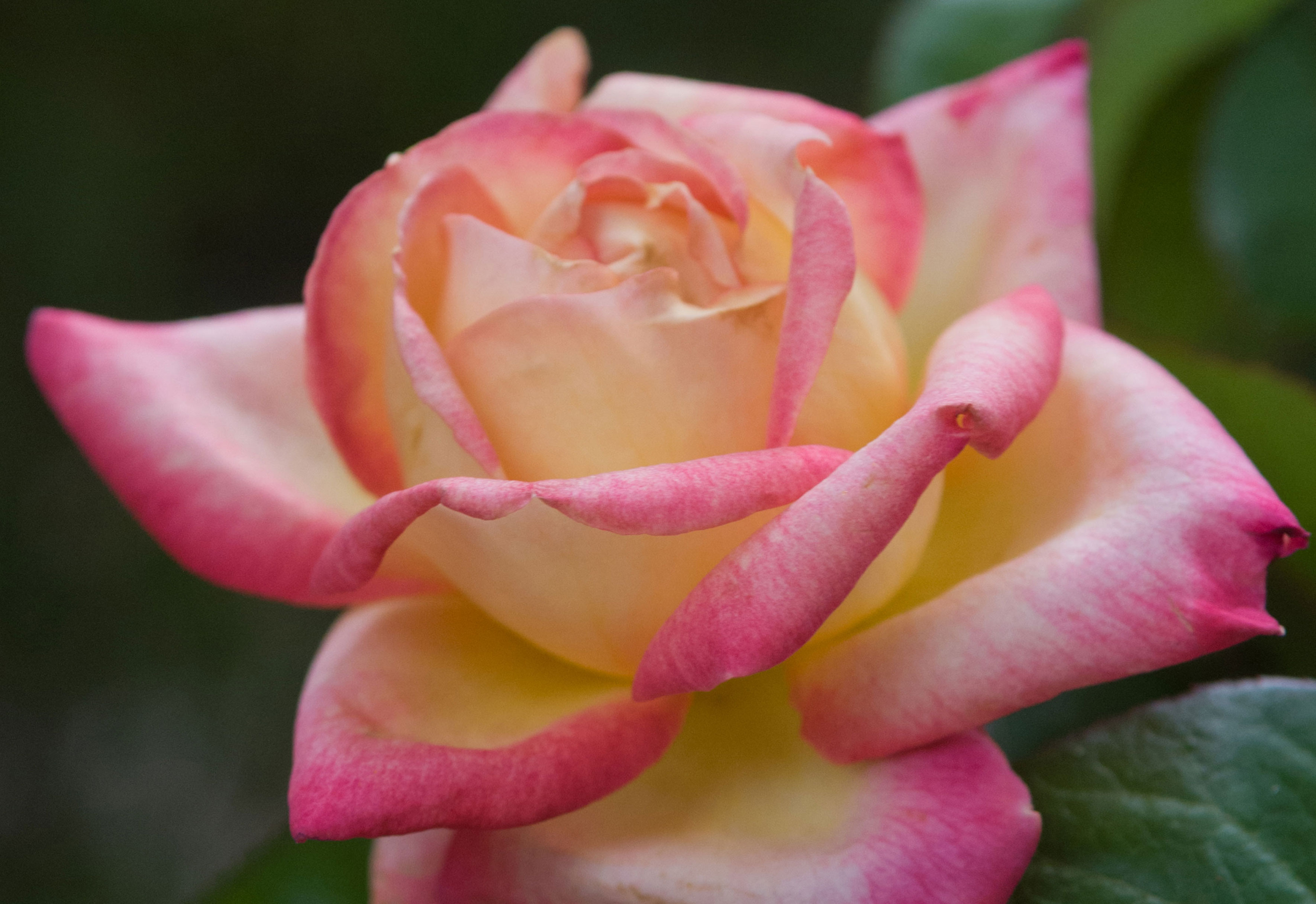
42.14720154, -87.78756714
42.14720154, -87.78755188
42.14720917, -87.78757477
42.14721298, -87.78755951
42.14722061, -87.78755188
42.14722443, -87.78756714
42.14723206, -87.78755951
42.15182877, -87.78948975
42.1518364, -87.78951263
Erie Linden Viburnum
Erie linden viburnum has a compact, rounded habit. It provides a display of white flowers in spring followed by abundant red-coral fruit that persist into winter. This cultivar was introduced by the U.S. National Arboretum in 1971.
Native to China, Korean, and Japan, linden viburnums derive their name from the leaves, which resemble those of the linden tree. It is an upright deciduous shrub that grows to 8 – 10 feet tall and to 6 – 8 feet wide. Creamy white flowers in showy, domed clusters appear in May to early June, giving way to bright red fruits in late summer to early fall that persist on the shrub into early winter. The berries are attractive to birds. The wrinkled, dark green leaves turn shades of bronze, burgundy, and red in fall.
Viburnums are a versatile genus of multi-stemmed shrubs that are well suited to the home landscape due to their range of sizes and cultural adaptability. Some viburnums are noted for their fragrant flowers; most bear small fruit that may add visual interest. Many viburnums have attractive fall color. There are over 100 different varieties of viburnum at the Chicago Botanic Garden.




